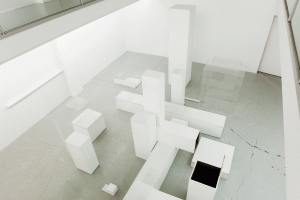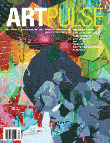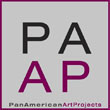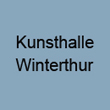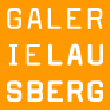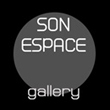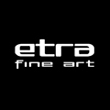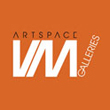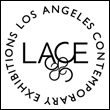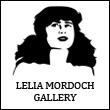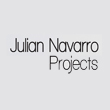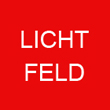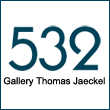« Reviews
Fernanda Gomes
Galeria Graça Brandão, Lisbon
By Ekaterina Rietz-Rakul & Steve Schepens
Installations of Fernanda Gomes (1960, lives and works in Rio de Janeiro, Brazil) are always site specific. Numerous objects, brought from her home and found on location, are skillfully integrated into the exhibition space, to such an extent, that the space becomes inseparable from the work. Gomes extracts objects from their natural environment and deprives them of their initial functionality, thus enabling the generation of new meaning in a new context. The meaning of things, as the artist prefers to call her works, is not innate; it can only be defined by a network of relations, both internal and external.
The exhibition could be divided into three parts spread over two floors of the gallery. On the first floor, the works are presented in a very timid and modest way. They are nearly hidden, inviting the viewer on a hunt for Easter eggs. This is already suggested by the invitation card - a flawless white surface with a tiny hole pressed in by a nail. Canvases, tiles, nails, crumbles of wall on the floor, and subtle signs of hidden aggression, potential explosion, or just creation - a rubber suspended between two nails, or a hanging needle.
A view one floor deeper reveals an installation of white and transparent rectangular pedestals. Brancusi is said to have commented upon his arrival in New York that it looked just like his studio. Here it seems to be Rio. Gomes goes further than Brancusi, for whom pedestals were equal with the work; her pedestals are no longer the disregarded utilization units, the slaves of art. They are art. They parade themselves, creating a new landscape of form and meaning.
Entering the installation, one finds oneself in the setting created by Tatlin or in Schwitter’s Merzbau. If, on the upper floor, a viewer had to be careful not to miss work, here he has to be careful not to bump into it. Seemingly unblemished elements appear dirty, bended, or broken - well, used - upon closer look. The only sharp straight lines of the exhibition are created by its softest material - a thread.
A central piece of a third part is a large open book. It is surrounded by several thin twigs, fixed between ceiling and floor and a pendulum, the weight of which is one of the famous Lisbon cobblestones. Coming closer, one discovers that the book is yet unwritten. Moreover, this is just a loosely bound arrangement of onion skin paper on a piece of drift wood.
The installation of Fernanda Gomes forces the viewer to become active, to clear his vision and to take nothing for granted. As she says herself: “… every object could be significant … beauty could be everywhere.”
Ekaterina Rietz-Rakul and Steve Schepens are based in Berlin, Germany. Rietz-Rakul is a freelance writer and translator. Schepens is a visual artist and an arts writer.
Filed Under: Reviews

